BoC is widely anticipated to maintain its current interest rate of 5.00% today. This expected pause in rate adjustments comes on the heels of surprising economic contraction in Canada, with the GDP shrinking at an annualized rate of -0.2% in Q2. The contraction signals the onset of economic slowdown, a stark contrast to the relatively robust performance seen in previous quarters.
Although July’s inflation rate of 3.3% remains well above BoC’s target, weakening economic backdrop is likely to bolster policymakers’ confidence that inflation will gradually fall back to target over time. The slower economy could apply downward pressure on prices, providing the central bank with some breathing room to keep rates unchanged for now.
EUR/CAD’s decline since last week suggests that recovery from 1.4482 has completed at 1.4822 already, ahead of 1.4879 resistance. For now, price actions from 1.4879 are seen as a consolidation pattern only, and thus, rise from 1.4280 should resume after this pattern completes. Hence, while deeper fall is in favor in the near term as long as 1.4700 resistance holds, downside should be contained by 100% projection of 1.4879 to 1.4482 from 1.4822 at 1.4425.
On a broader scale, price actions from 1.5111 are seen as a corrective pattern only and the up trend from 1.2867 is not over. The lingering question is whether the rise from 1.4280 constitutes the second leg of a medium-term pattern or signifies a resumption of the upward trend. More clarity on this could emerge once the current consolidation phase from 1.4879 completes.




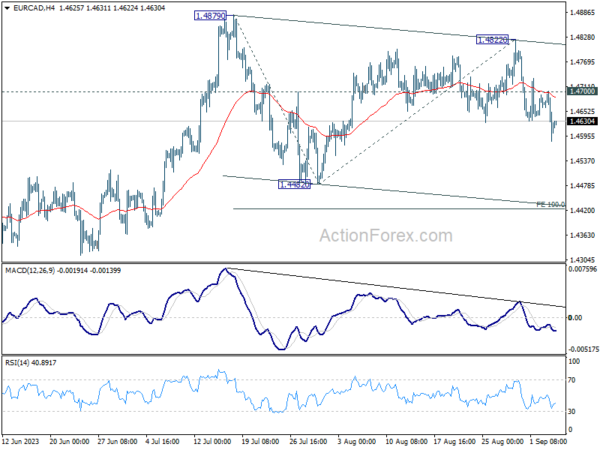
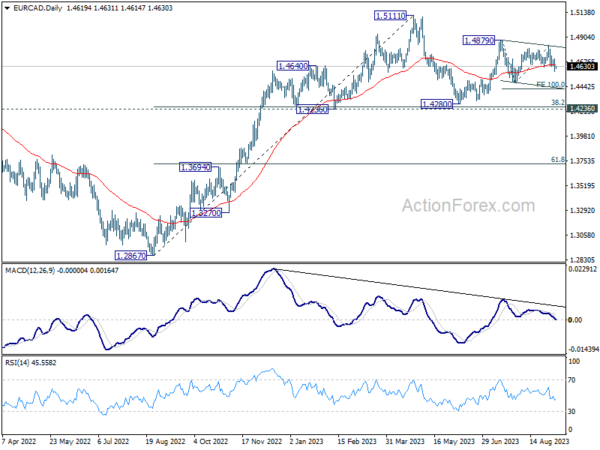

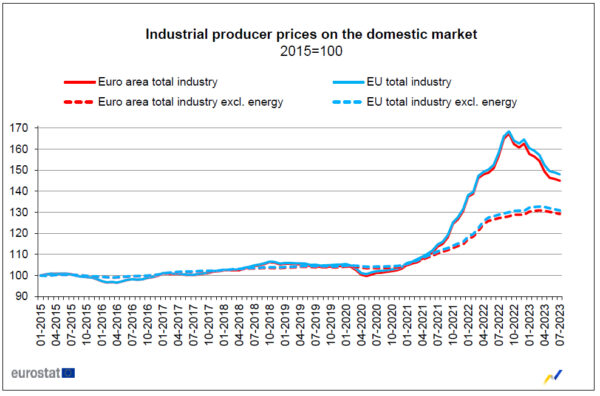
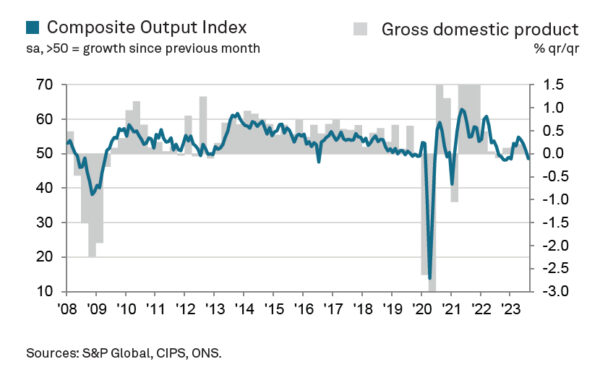
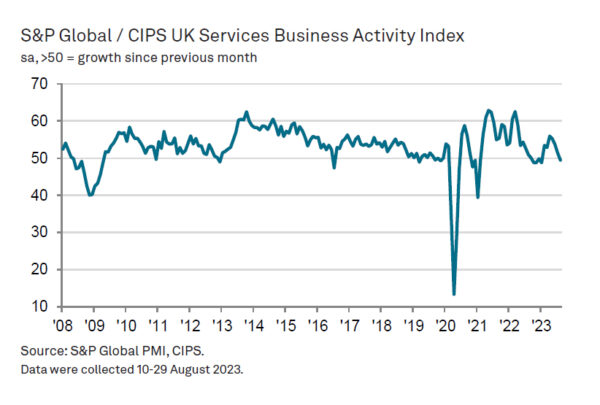
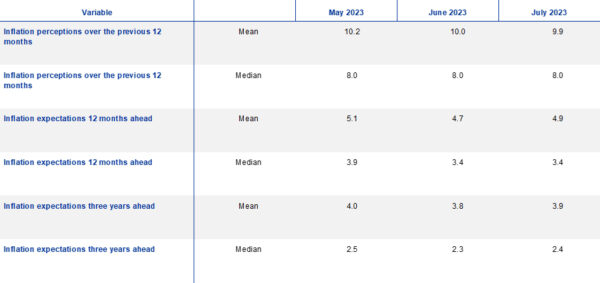
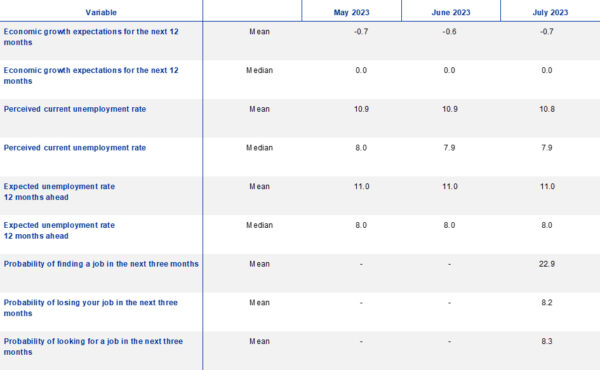
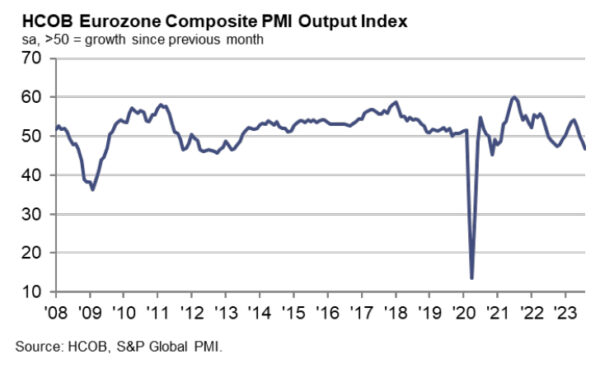
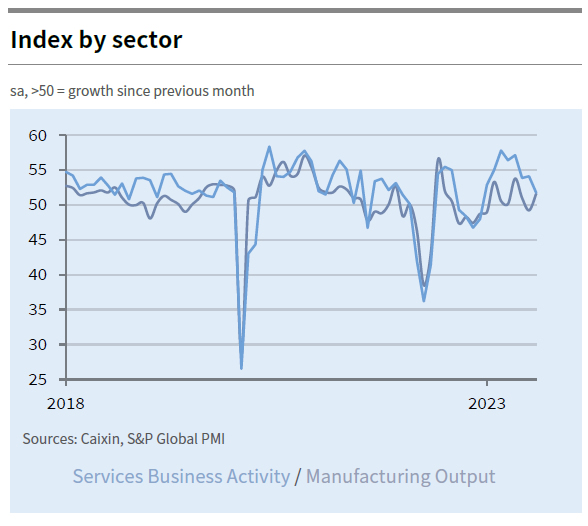
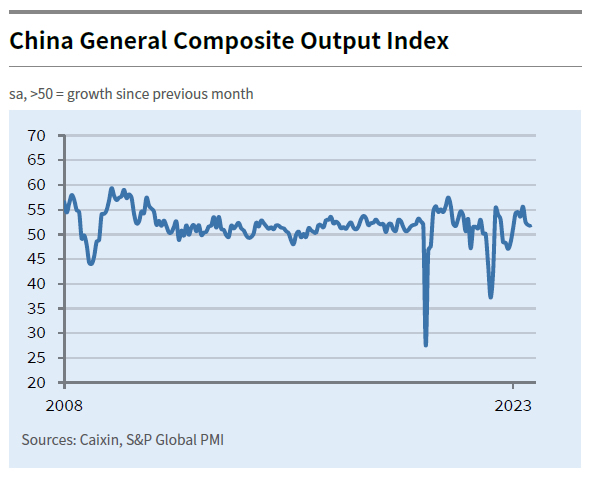
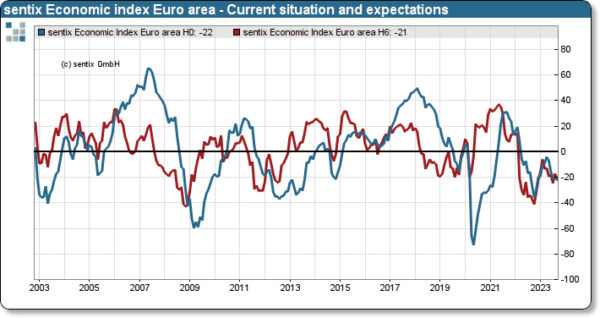
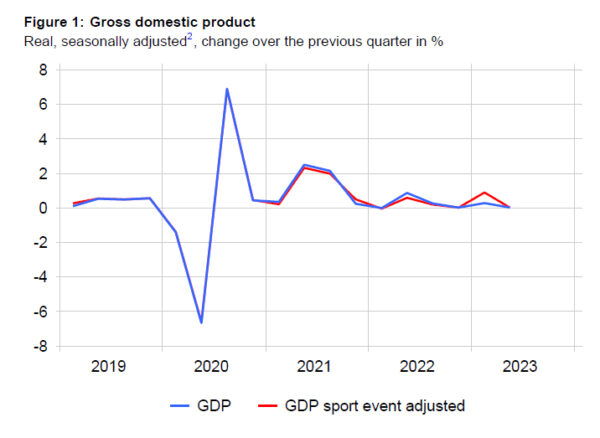
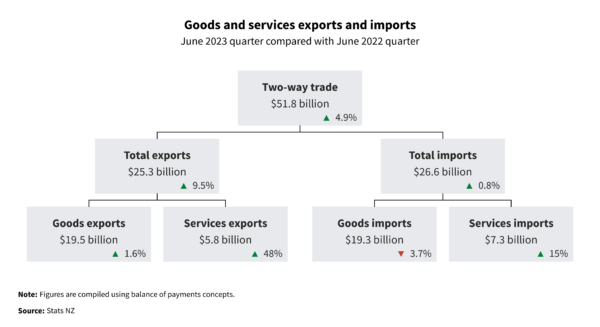
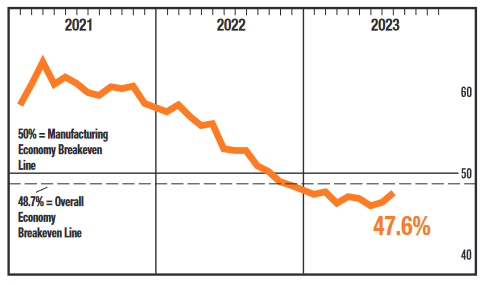
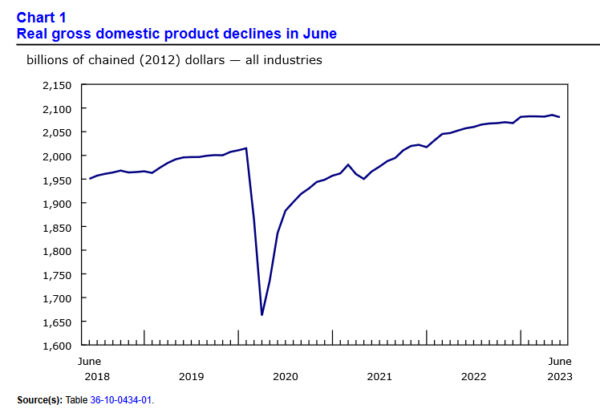

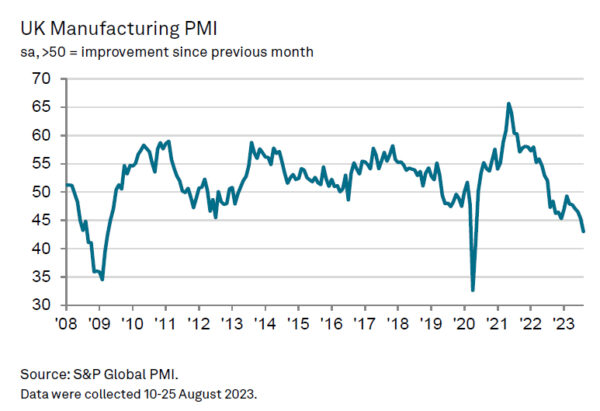

BoJ’s Takata signals new dawn in wage-price cycle
BoJ board member Hajime Takata highlighted in a speech today the significant shifts in firms’ behavior on price-setting and wages, leading to a budding “virtuous cycle between wages and prices” in Japan.
The existence of the virtuous wage-price cycle, if it sustains, could give BoJ more room to navigate its monetary policy and prompt an exit from the ultra-loose monetary policy, particularly if it’s accompanied by “proactive and forward-looking efforts by firms” and appropriate “policy responses by the government.”
“My understanding is that, on the whole, firms’ price-setting behavior has changed from that observed during the deflation period,” Takata said. This shift in behavior indicates that Japanese firms, traditionally cautious in raising prices, are beginning to pass on increased costs to consumers.
The significant point here is not merely the change but also the why of the change. According to Takata, firms’ new willingness to adjust selling prices upwards is “likely because consumption has been solid even when prices have been rising, underpinned by standby funds that accumulated during the pandemic and by pent-up demand.”
Another key takeaway is the substantial change in firms’ wage-setting behavior. “As reflected in the results of the annual spring labor-management wage negotiations this year, firms’ wage-setting behavior has changed, leading to wage increases and moves to pass on higher wage costs to selling prices,” Takata highlighted. This wage growth has, in turn, boosted consumer sentiment, potentially setting the stage for a self-sustaining cycle of growth and inflation.
What financial markets should keep an eye on are the upcoming annual spring labor-management wage negotiations. Takata expects a “relatively high wage growth rate,” given that labor shortages and high inflation rates are likely to continue.
Full speech of BoJ Takata here.